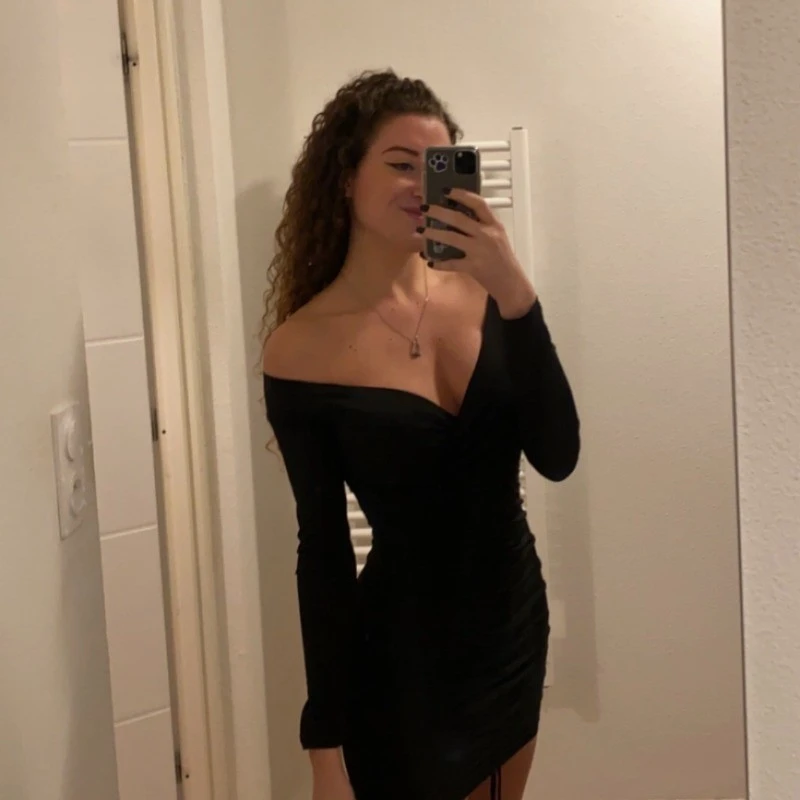If you’re serious about growing your channel, sponsorships for YouTubers are one of the most reliable ways to get income from your content.
Unlike ad revenue, which can feel unpredictable, sponsorships give you more control and create long-term opportunities to work with brands you actually like. Think of it as a partnership: you bring the audience, and sponsors bring the budget.
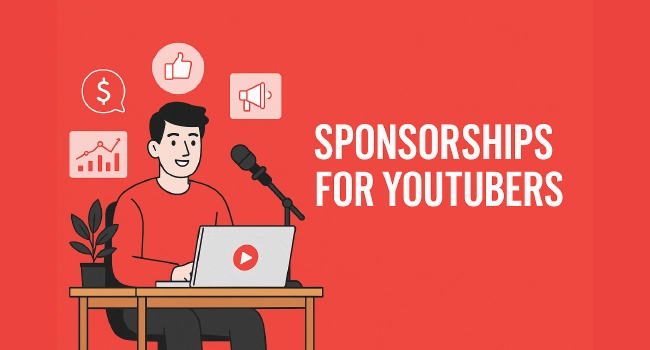
In this guide, we’ll walk through everything you need to know, from how much brands typically pay, to where you can find sponsors, and even how to negotiate deals without getting burned.
You’ll also get tips, examples, and free tools to help you feel confident when reaching out to brands. By the end, you’ll be ready to pitch your value, land fair deals, and grow your channel into a reliable business.
Why Sponsorships for YouTubers Matter in 2025
Brands continue to see massive value in partnering with creators. For you, this means more chances to turn your channel into a steady business. Unlike YouTube’s AdSense program, sponsorships let you work directly with companies that want access to your audience. This usually means higher payouts and stronger relationships.
Nowadays, advertisers are shifting big budgets to YouTube. They want creators who feel authentic, who connect with a specific niche, and who can deliver results. If you cover gaming, finance, fitness, or lifestyle, there are sponsors waiting to reach your viewers.
Additionally, sponsorships open the door to recurring deals. Instead of a one-off payment, you can secure partnerships that run across several videos or even a full series. This consistency helps you plan content better and rely less on fluctuating ad revenue.
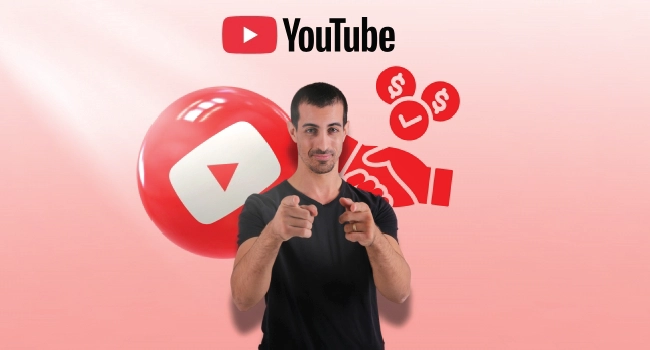
Sponsorship Readiness: Are You Ready for Brand Deals?
Before you start sending out sponsorship pitches, you need to make sure your channel looks attractive to brands. Think of it like preparing your resume before applying for a job. If your channel feels polished and professional, you'll stand out from the crowd.
Here's what sponsors usually look for:
-
Consistent uploads – a regular posting schedule shows you're reliable.
-
Brand-safe content – advertisers avoid creators who use risky or controversial topics.
-
Clear niche – a focused theme (gaming, finance, fitness, lifestyle) makes it easier for brands to see fit.
-
Engaged audience – strong comments, likes, and shares signal influence, not just numbers.
-
Professional branding – clean thumbnails, good audio, and a solid channel description show quality.
A big question many new creators ask is how many subscribers to get paid on YouTube. While some sponsors look at engagement first, subscriber count still matters as a credibility signal. Many companies set a minimum threshold of around 1,000–10,000 subscribers before they’ll consider a partnership.
If you’re close to that mark, it can feel frustrating to wait. That’s where our service for buying YouTube subscribers can give you an edge.
We provide subscribers from real accounts with fast delivery, helping your channel reach sponsor-ready milestones quickly. With that extra boost, your channel looks stronger when brands review it, making them far more likely to say yes to your pitch.
Remember, sponsors want to work with creators who look established. The sooner you can present yourself as professional and credible, the sooner the deals will follow.
How Much Do YouTube Sponsorships Pay?
This is the section most creators get excited about how much brands actually pay for a deal. The truth is, there’s no single flat rate. Instead, sponsors use a mix of models to decide your payout.
Here are the most common pricing models:
-
CPM (cost per thousand views): $10–$30 is standard, but in niches like finance or software it can climb as high as $50–$100.
-
CPV (cost per view): Often $0.02–$0.05 per view, making it useful for smaller channels.
-
Flat fee: A one-time payment agreed upfront, usually based on your average views.
-
Hybrid deals: A mix of flat fee plus bonuses for performance, like sales tracked with a coupon code.
Realistic Earnings
Creators often ask how much do YouTubers make from sponsorships compared to ad revenue. On average:
-
Small channels (10k–50k subs): $100–$1,000 per deal.
-
Medium channels (50k–500k subs): $1,000–$10,000 per deal.
-
Large channels (500k+ subs): $10,000–$50,000+ per deal.
For example, a 100,000-view video might generate $300–$500 in ad revenue. With a sponsor paying $20 CPM, that same video could bring in about $2,000.
A few things can raise or lower your rate:
-
Niche value: Finance, B2B tools, and tech often pay more than general lifestyle.
-
Engagement quality: High click-throughs, loyal fans, and active comments prove your influence.
-
Placement type: A 90-second mid-roll mention costs less than a full dedicated video.
-
Extras: Usage rights, exclusivity, and length of partnership can all add extra fees.
Tip: Always calculate your average views per video before pitching. Sponsors want predictable performance, and having those numbers ready shows professionalism.
Types of YouTube Sponsorship Deals
Not all sponsorships look the same. In fact, the way a brand works with you can change the amount you earn and how much creative freedom you keep. Knowing the main deal types will help you choose what fits best for your channel.
Here are the most common ones:
-
Dedicated video: The whole video focuses on the sponsor's product or service. These deals usually pay the most but require more work.
-
Integrated mention (pre-roll, mid-roll, or end-roll): A short sponsored shoutout inside your regular content. These are quick to film and often easier to land.
-
Affiliate or hybrid deals: You get a smaller upfront payment (or none) but earn commission on every sale through your link. Great for ongoing passive income.
-
Series or long-term sponsorships: A brand sponsors several videos or even a full series. This builds stability and gives you a predictable income.
Each format comes with trade-offs. A dedicated video offers higher pay but less flexibility, while short integrations keep your content flow natural. Long-term partnerships can be a game changer since they let you focus on content instead of constantly chasing new deals.
When deciding which deal to take, think about your workload, your audience’s patience for ads, and the type of sponsor relationship you want to build.
Where to Find Sponsorships for YouTubers
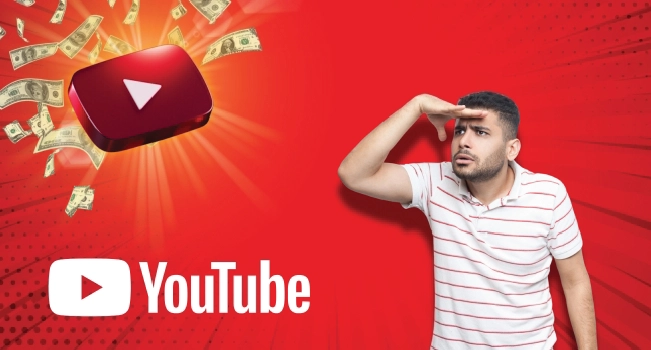
Knowing the types of sponsorships is a good start, but the real challenge is finding the brands willing to invest in your channel.
The truth is, sponsors are out there actively looking for creators every day, you just need to know where to look and how to approach them. Let’s break this down into practical steps you can use right away.
Direct Outreach
Reaching out directly gives you control over who you work with. Instead of waiting for a brand to find you, you find them. Here's how to do it well:
-
1. Make a list of potential sponsors by checking which brands are advertising on YouTube or sponsoring other creators in your niche.
-
2. Find the right contact – look for influencer managers, brand marketing managers, or partnerships coordinators on LinkedIn. Many company websites also have a "Press" or "Partnerships" email listed.
-
3. Craft a tailored pitch – don't just send a generic email. Mention why their product fits your audience and back it up with numbers (average views, engagement rate, demographics).
-
4. Attach your media kit – it makes your pitch look professional and saves the brand from asking for details later.
Marketplaces and Platforms
If you prefer a quicker path, marketplaces connect you with brands that already have budgets set aside.
-
YouTube BrandConnect: Integrated directly into YouTube Studio but only available to channels that meet certain eligibility (usually monetized with good standing and strong engagement).
-
Upfluence, Aspire, CreatorIQ: Third-party platforms where you create a profile and apply for campaigns. These are great for mid-sized creators looking for consistent opportunities.
-
Impact, Collabor8, and Grapevine: Smaller platforms but often easier for newer creators to get noticed.
Agencies and Talent Managers
Once your channel starts growing, you may get approached by agencies. They can bring in big-name sponsors and handle negotiations for you.
While this can save time, remember agencies usually take a cut, anywhere from 10% to 30%. For small creators, it's often better to negotiate directly until you hit a point where managing deals becomes overwhelming.
Look Around Your Niche
One of the simplest ways to identify sponsors is to study other YouTubers in your niche. Watch their videos and note which brands they promote. These companies already understand the value of sponsoring creators like you, making them warm leads.
For example:
-
Tech creators often work with VPNs, productivity apps, or software tools.
-
Fitness creators attract supplement companies, workout apps, and meal services.
-
Gaming creators see deals with hardware brands, mobile games, and streaming platforms.
If a brand is sponsoring one channel in your niche, they're likely open to sponsoring others too.
Local and Smaller Businesses
Don't overlook local sponsors or small online shops. While they might not pay as much as big brands, they can be easier to land and still give you experience.
For example, a local coffee brand, clothing shop, or fitness studio might be thrilled to appear in your videos if your audience overlaps with their customers.
Networking and Events
Creators who attend YouTube events, trade shows, or niche conferences often land sponsorships just by talking to brand reps face-to-face. Relationships matter in business, and sometimes one in-person connection can lead to a long-term deal.
Building Your Sponsorship Media Kit & Pitch
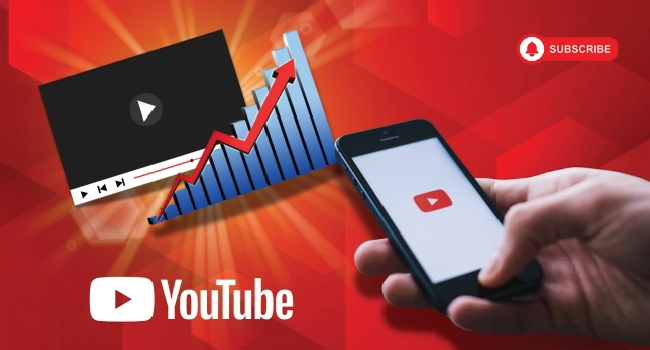
A solid media kit and pitch can make the difference between being ignored and landing a deal. Think of them as your creator résumé.
What to include in your media kit
-
Channel overview – niche, style, and audience fit.
-
Demographics – age, gender, location, and interests.
-
Engagement stats – average views, likes, comments, watch time.
-
Examples of partnerships – if you have them.
-
Contact info – clear and easy to find.
Crafting your pitch
Your pitch should:
-
1. Introduce who you are and your channel.
-
2. Show why their brand fits your audience.
-
3. Share your numbers and content idea.
-
4. Invite them to discuss further.
Pro tip: Save a few pitch templates and adjust them for each brand to save time.
Negotiating Sponsorship Contracts
Landing a sponsor is exciting, but before you hit record, you need a clear contract. This protects both you and the brand, and it sets expectations so there are no surprises later.
Key clauses to include
-
Deliverables: List exactly what you'll create, how many videos, shoutouts, or posts.
-
Timelines: Set deadlines for when each deliverable will go live.
-
Creative approval: Decide if the sponsor can review content before publishing.
-
Revisions: Limit how many times a sponsor can request changes.
-
Exclusivity: Some sponsors may ask you not to promote competitors, negotiate how long this lasts.
-
Usage rights: If a brand wants to run your video as an ad, charge extra.
-
Payment terms: Set clear amounts, payment dates, and late fees if needed.
-
Kill fees: If the sponsor cancels after you've done the work, you still get paid.
Red flags to watch for
-
Brands are asking for perpetual usage rights without extra pay.
-
Requests for "free exposure" instead of payment.
-
Vague contracts with no clear timelines or deliverables.
Clear agreements make negotiations smoother, help you get paid fairly, and build stronger relationships with sponsors.
Niche-Specific Sponsorship Opportunities
Not every brand fits every channel. The best sponsorships come from companies that align naturally with your niche and audience. When the partnership feels authentic, you'll see better engagement and longer relationships.
Here are some common niches and the sponsors that often work with them:
-
Gaming: Hardware brands, gaming chairs, mobile games, and streaming services.
-
Tech & software: VPNs, productivity tools, app developers, and B2B software.
-
Finance: Budgeting apps, fintech startups, trading platforms, and credit services.
-
Lifestyle & wellness: Fitness apps, supplement companies, skincare, and meal kits.
-
Education: Online learning platforms, skill-building sites, and language apps.
-
Food & drink: Coffee brands, kitchen tools, delivery services, and subscription boxes.
What sponsors care about in each niche
-
Gaming & tech: Click-through rates and sign-ups for trials.
-
Finance: Leads, downloads, and customer lifetime value. .
-
Lifestyle & wellness: Conversions and recurring subscriptions.
-
Education: Free trial sign-ups that convert into paid members.
-
Food & drink: First-time orders and coupon redemptions.
When you target the right brands, deals feel smoother because you’re promoting products your audience already wants. That trust makes sponsors more likely to come back for long-term partnerships.
Conclusion
By now, you can see that sponsorships for YouTubers are one of the most reliable ways to grow your income and build long-term brand relationships. From understanding payment models to creating a professional media kit, each step helps you stand out and attract the right partners.
The key is preparation, showing sponsors that your channel is consistent, professional, and trusted by your audience. Once you’ve laid that foundation, opportunities come faster and often lead to recurring deals instead of one-off payments.
If you’re ready to take the next step, start refining your pitch, building your kit, and reaching out to brands that fit your niche. The sooner you start, the sooner you’ll turn your channel into a business powered by strong partnerships.
FAQs | Frequently Asked Questions |
How can I grow my channel to attract sponsors faster?
Focus on consistency, niche clarity, and engagement. If you want to get subscribers on YouTube fast, combine organic growth tactics with strong branding, collaborations, and targeted promotion. A channel that looks active and growing is far more appealing to sponsors.
What types of companies sponsor YouTubers most often?
Common sponsors include VPN services, gaming brands, mobile apps, fintech startups, online education platforms, and food subscription boxes.
Can I get sponsorships without monetization on YouTube?
Yes. Sponsors care more about your audience and engagement than your AdSense status. Even if you aren’t earning ad revenue yet, brands may want to work with you.
How do I disclose a YouTube sponsorship properly?
Use YouTube’s “Paid Promotion” tag in your video settings. Also add a clear disclosure like “This video is sponsored by [Brand]” in the first 30 seconds and in your description.
Do small YouTubers get sponsorships?
Yes. Many sponsors work with micro-influencers because smaller audiences often engage more. If your viewers are loyal and responsive, you can land deals even with a few thousand subscribers.
